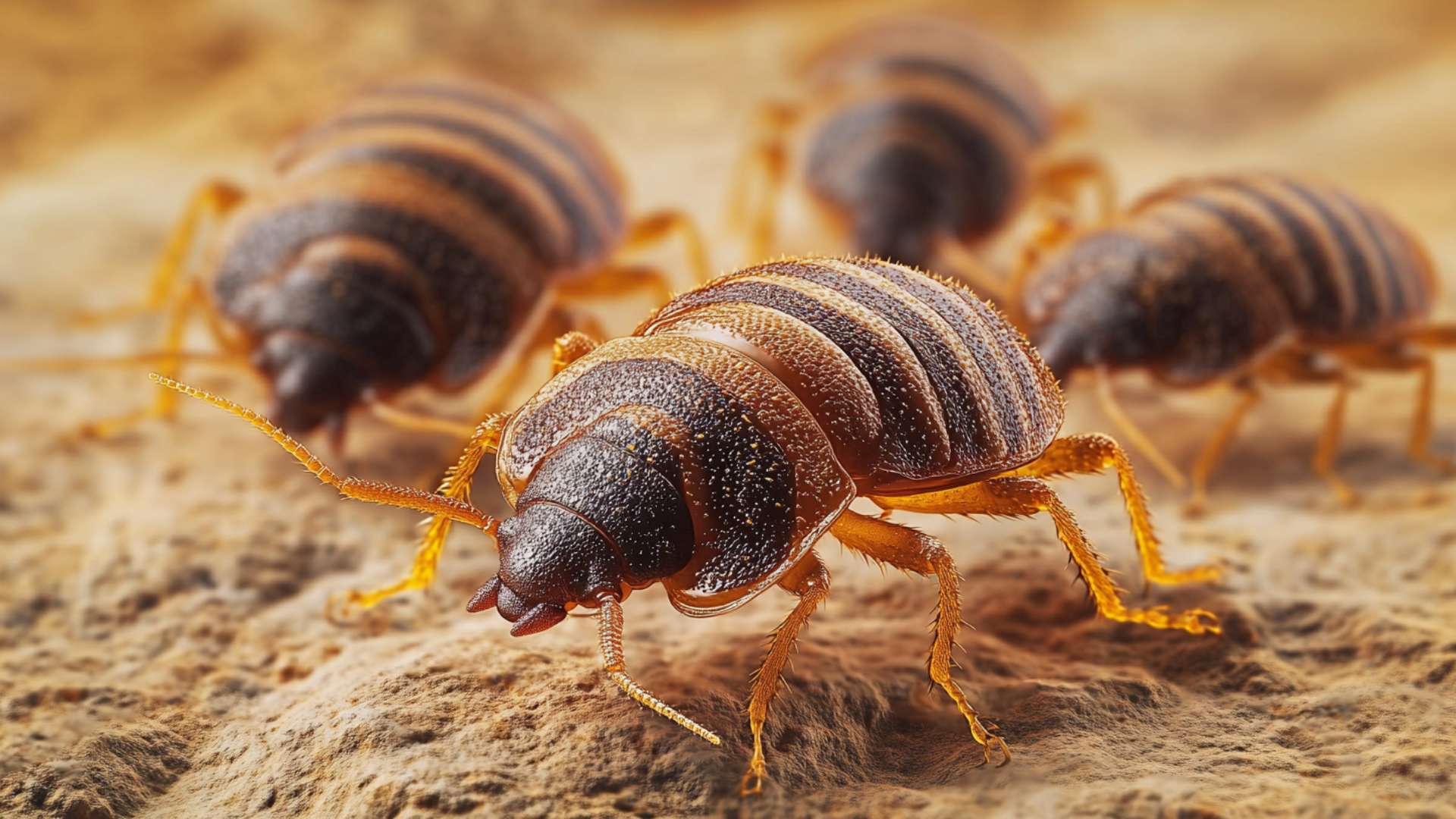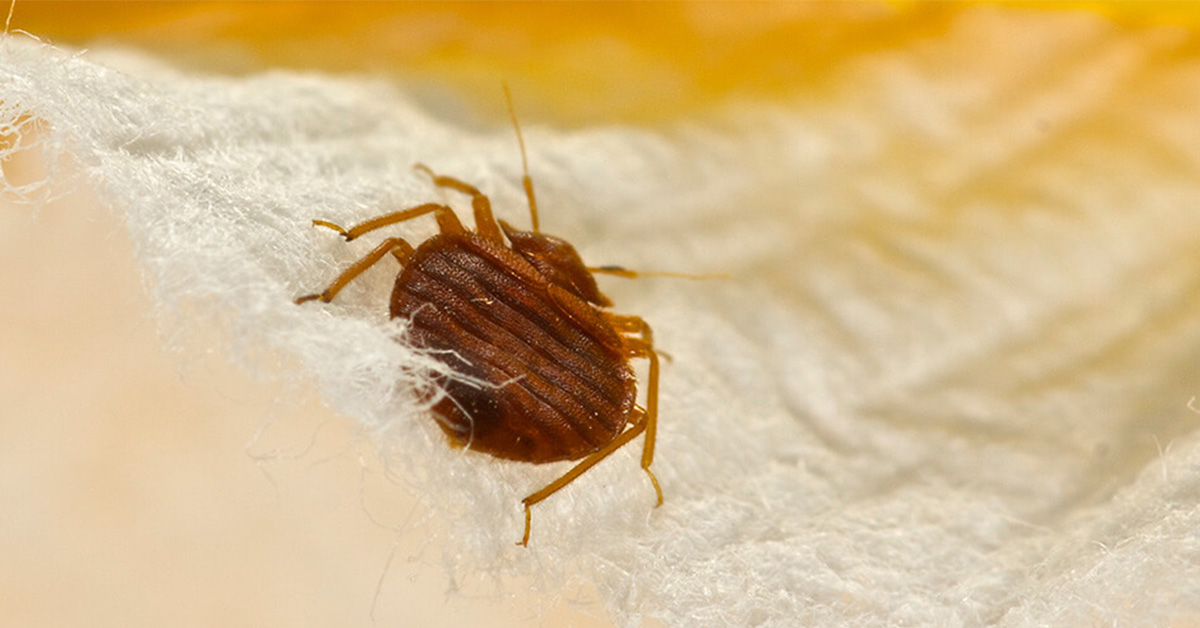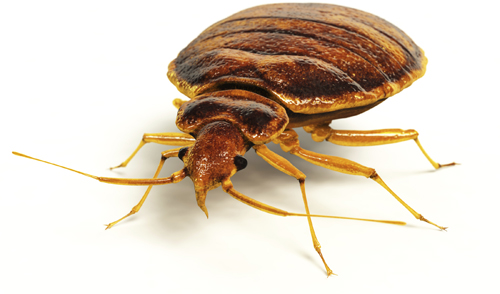A Break Down of the Various Kinds Of Pest Control Solutions
In the world of pest control, a multitude of approaches exist to attend to and fight the existence of undesirable animals. As we browse with the diverse landscape of bug control solutions, comprehending the ins and outs of each technique ends up being vital in determining the most effective training course of activity.
Chemical Pesticides
Chemical pesticides are generally made use of in pest control to properly get rid of a vast array of insects and other bugs. These chemicals work by targeting the nerves of the parasites, disrupting their regular features, and ultimately causing their demise. Making use of chemical pesticides has been a staple in the pest control sector for decades because of their effectiveness and fast results.

Nonetheless, it is crucial to utilize chemical pesticides with care because of their prospective damaging effects on the setting and non-target species. Improper application or overuse of these chemicals can lead to air pollution, harm to valuable pests, and resistance advancement in bug populations. It is essential to comply with safety standards and regulations when utilizing chemical pesticides for parasite control.
Biological Control Techniques
Taking into consideration the possible environmental impacts and risks connected with chemical pesticides, organic control approaches provide an even more sustainable strategy to handling insect populations. Organic control includes the use of all-natural enemies, such as pathogens, bloodsuckers, and predators, to reduce bug populaces. This technique is often extra targeted, influencing just the certain bug types while reducing damage to advantageous insects, people, and the environment.

When established, natural opponents can help manage pest populaces continuously without the demand for repeated applications of pesticides. Furthermore, biological control is frequently extra cost-effective and can help decrease pesticide resistance in bug populaces over time.

Mechanical Bug Control
Mechanical insect control involves the physical control or elimination of parasites to handle their populaces efficiently. This approach is often used along with various other pest control approaches for thorough insect administration. One typical example of mechanical insect control is using traps to catch insects or rats. These catches can be established in critical places where insects are understood to dwell, helping to lower their numbers.
Another mechanical technique is using obstacles such as screens, fencings, or internet to block insects from getting in details locations. By physically avoiding insects from accessing a location, the probability of invasions or damages can be substantially visit reduced. Furthermore, hands-on techniques like handpicking parasites off structures or plants can be efficient for smaller-scale infestations.
While mechanical insect control techniques can be labor-intensive, they use a non-chemical alternative that can be lasting and eco pleasant. By targeting bugs straight, mechanical control methods can assist keep insect populations in check without depending on pesticides.
Natural Remedies
Making use of natural remedies for bug control provides a green and lasting approach to handling pest populaces without considering chemical treatments. Natural remedies involve utilizing substances stemmed from plants, minerals, or other naturally occurring resources to prevent or eliminate bugs. As an example, planting specific herbs like basil, mint, or lavender around your building can drive away pests because of their solid fragrances. Diatomaceous planet, a powder made from fossilized algae, can be used to battle bugs like ants, roaches, and bed pests by dehydrating their exoskeletons.
Furthermore, important oils such as tea tree oil or neem oil have insecticidal residential properties that can properly control parasites while being risk-free for the setting. Another all-natural solution is introducing beneficial insects like ladybugs or praying mantises to your yard to exploit harmful parasites. By integrating these natural remedies into bug administration methods, individuals can decrease their reliance on synthetic chemicals and advertise a healthier, a lot more balanced environment.
Integrated Pest Administration
Integrated Pest Management (IPM) is a detailed technique that combines various approaches to efficiently regulate pest populations while reducing threats to human wellness and the environment. IPM entails the integration of multiple insect control techniques such as biological control, environment adjustment, adjustment of cultural methods, and using immune crop selections. By making use of a combination of these techniques, IPM intends to minimize dependence on chemical pesticides, which my website can have adverse impacts on ecological communities and human health and wellness.
One trick facet of IPM is the emphasis on prevention. By carrying out steps to avoid bug invasions prior to they take place, such as preserving appropriate cleanliness and securing entry points, the requirement for reactive pest control measures is decreased. Tracking and regular inspections play an essential duty in IPM, enabling early discovery of insect issues and punctual treatment.
Final Thought
In final thought, the various kinds of parasite control solutions offer a range of alternatives for successfully managing bug invasions. Biological control methods make use of all-natural killers to regulate pests. Integrated Bug Monitoring integrates several methods for an alternative strategy to pest control.
Chemical pesticides are commonly made use of in parasite control to effectively eliminate a wide array of bugs and various other pests.Mechanical bug control involves the physical manipulation or elimination of news bugs to handle their populations effectively (Kings exterminator cincinnati).Using natural solutions for parasite control provides a green and sustainable approach to handling parasite populaces without resorting to chemical interventions.Integrated Bug Monitoring (IPM) is a thorough method that integrates numerous techniques to properly control pest populaces while lessening risks to human wellness and the setting.In final thought, the different types of insect control options use a range of choices for properly managing pest problems